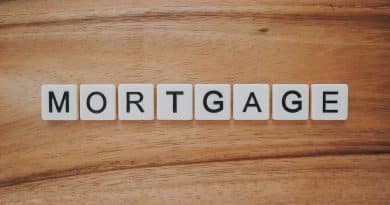Coach House Buildings Insurance
The freeholder or property owner is liable to provide the Building Insurance and requires a specific addition to the Coach House Buildings Insurance – the Property owner’s Legal Liability Insurance. The freeholder is completely liable for all the garages despite only having access to 1 of them for themselves. It is rare, but on some occasions, the freeholder of the property may not have access to any of the garages – but even in this instance would still need to provide insurance for them on behalf of the leaseholders.
The leasehold arrangement/contract is usually a 999-year Peppercorn Lease, and it is usually specified in the deeds that no ground rent is payable. The Freeholder can ask for a nominal contribution to the cost of the Coach House Buildings Insurance if they wish. This would usually be a total of around 20% of the total Building Insurance costs between all the Leaseholders.
For example: If there were 2 garages on Leasehold, the freeholder could ask for 10% of the total Coach House Buildings Insurance Costs from each leaseholder – totaling a 20% contribution. The percentage a freeholder can ask for may vary slightly, but around 20% would be the norm.
The freeholder must also be careful to remove added costs from the insurance when calculating this contribution – the freeholder must not include his insurance costs for contents or Home Emergency Cover, but remember to include costs such as Insurance Premium Tax (IPT) which is 6%. The policy provider will be able to help the policyholder with breaking down these costs.
Coach Houses also need a specific Coach House Contents Insurance, and this is something many people overlook, assuming they can have any contents insurance, flat Insurance is the most common mistake.
This is not the case. If a leaseholder started a fire that destroyed the building and the contents then an insurer would not pay out to replace the contents of a coach house if the policy is for a flat. A coach House Insurance policy for Buildings and Contents allows for insured events by a leaseholder – noncoach house policies do not.
It is also beneficial to insure the contents and the buildings on a single policy – this would avoid 2 insurers, 2 claims, and 2 policy excesses in most claim scenarios. Most fires damage the building and the contents, most burglaries involve damage to the building as well as theft or damage to contents, and escape of water can destroy carpets (contents Insurance) as well as bring ceilings down!




